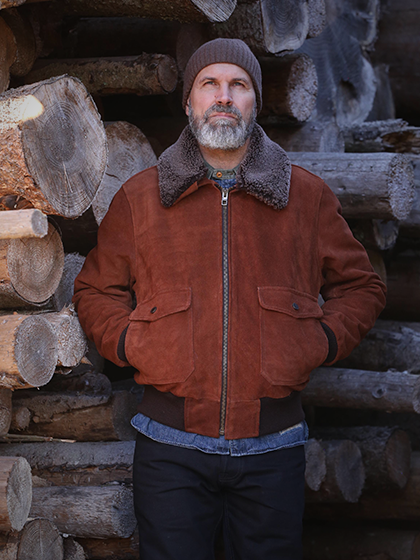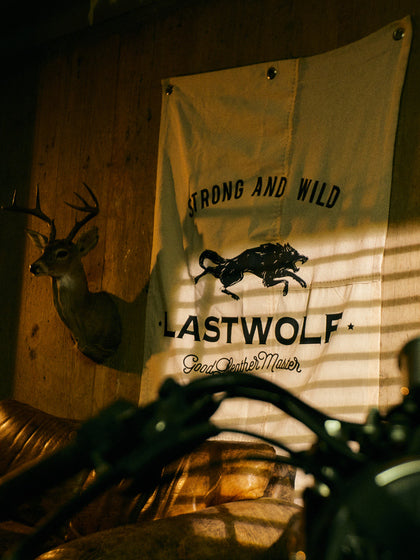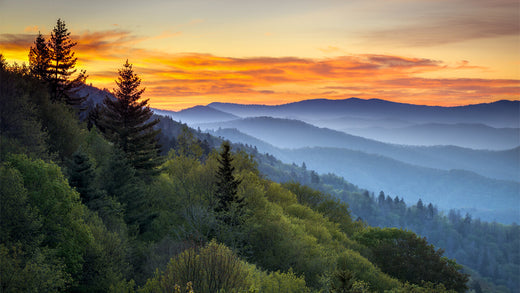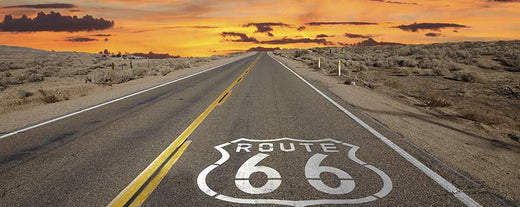From California's Redwood National Park west, across the country through the Rockies in Colorado to the Adirondack Mountains in New York State, America possesses perhaps the largest and most beautiful varieties of natural scenery.
At Lastwolf® we feel strongly identified with the vast and diverse American Nature to which we are paying homage and recognize how since the early19th century it was captured by great brush artists, who explored these lands documenting in beautiful paintings this blessed land.

Carleton E. Watkins, Isaiah West Taber, Half Dome, Yosemite, California, c. 1870, Smithsonian American Art Museum, Washington, DC, USA.
When the United States acquired western territories like California and Colorado in the 19th century, these were sparsely populated regions that the average American would never visit. Early on, explorers and pioneers traveled west, and some artists were included in these groups. His paintings gave eastern city dwellers captivating first glimpses of the natural wonders to be found in the west. These images were important because they generated popular support for the preservation of these landmarks.

William Henry Jackson, Las Animas Canyon, 1887, Picturesque Colorado.
Early America was proud of its wilderness, but increasing industrialization had taken its toll, and logging, mining, and railroads were rapidly threatening wilderness as well. The conservation movement, aided by these artistic images, would later inspire the creation of the National Park Service. US National Parks became natural landmarks legally reserved for public enjoyment and protection. Through their images of the American West, artists helped garner public support for the conservation of these beautiful places.
American landscape painting has an interesting history, and its evolution spans more than three centuries. Early American painters used landscapes only as backgrounds for portraits, but in the early 19th century, landscape painting became the vehicle for representing American identity.

Albert Bierstadt, Merced River, Yosemite Valley, 1866, The Metropolitan Museum of Art, New York, NY, USA.
German-born landscape artist Albert Bierstadt (1830-1902) traveled west, where he produced a series of impressive large-scale landscape paintings that brought the Rocky Mountains, Yosemite, and more to east coast Americans.

Thomas Moran, The Grand Canyon of the Yellowstone, 1872, Smithsonian American Art Museum, Washington, DC, USA.
In 1871, government geologist Ferdinand V. Hayden led a group of scientists, surveyors, and artists on an exploration mission to the West. The most notable destination of the Hayden Expedition was Yellowstone. Thanks to this expedition, Yellowstone became the first National Park only six months later, on March 1, 1872. The paintings and photographs produced by the official artists of the expedition undoubtedly helped inspire landmark legislation in Congress.
 Thomas Cole. View from Mount Holyoke, Northampton, Massachusetts, after a Thunderstorm—The Oxbow1836
Thomas Cole. View from Mount Holyoke, Northampton, Massachusetts, after a Thunderstorm—The Oxbow1836
The Hudson River School
The first school of painting in American Landscape Art was the so-called "Hudson River School”. The style of this school included carefully detailed paintings with romantic, almost brilliant lighting. This school was not an institution but rather an informal group of like-minded painters whose founder was Thomas Cole (1801-1848). The movement was driven by the conviction that God had given the American people an abundance of natural resources as a source of wealth and prosperity but was also an advocate of a new style of representation adhering to realism, seeking to convey a sense of mystery and majesty to make people conscious of the relationship between humanity and nature, where humans are tenants of a world they can inhabit but will never conquer. This art constitutes harmony rather than an expansion or victory. In this way, the painters advocated a respectful and pacifist relationship between the order of society and the splendor of nature.
Landscape paintings have been an artistic tradition meant to celebrate the beauty of nature and what is still untouched by development and progress.









